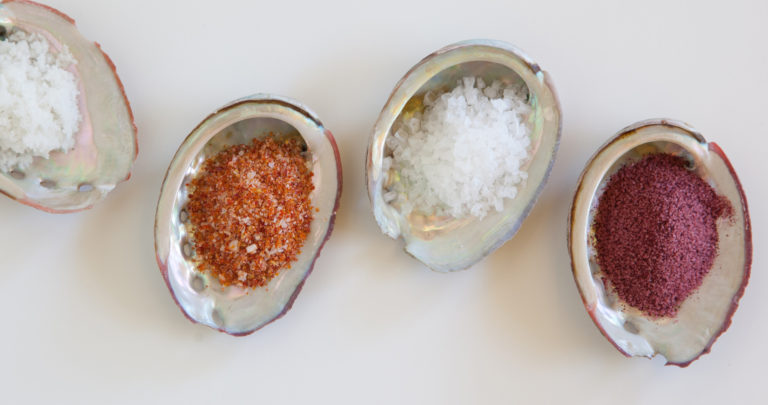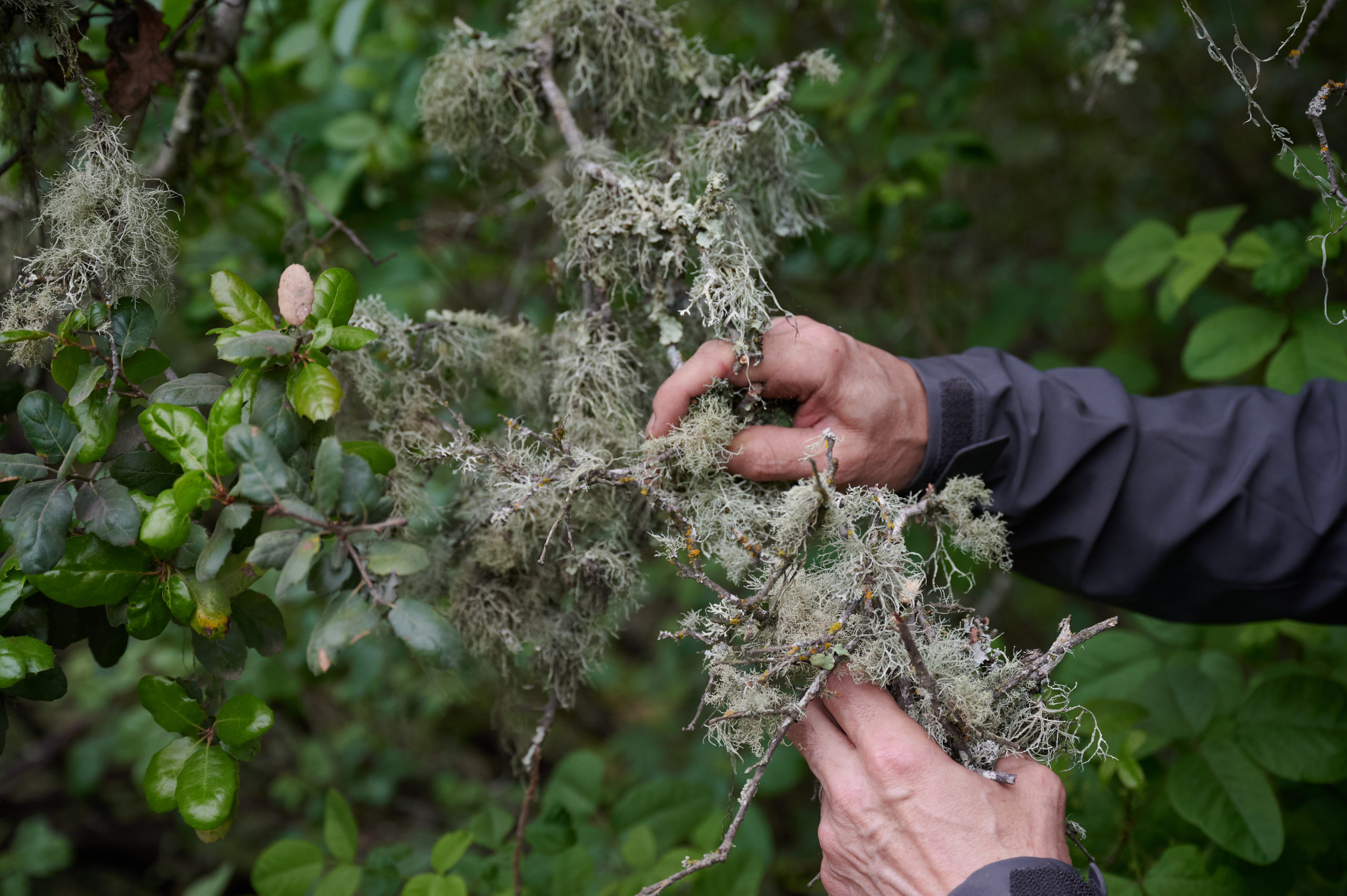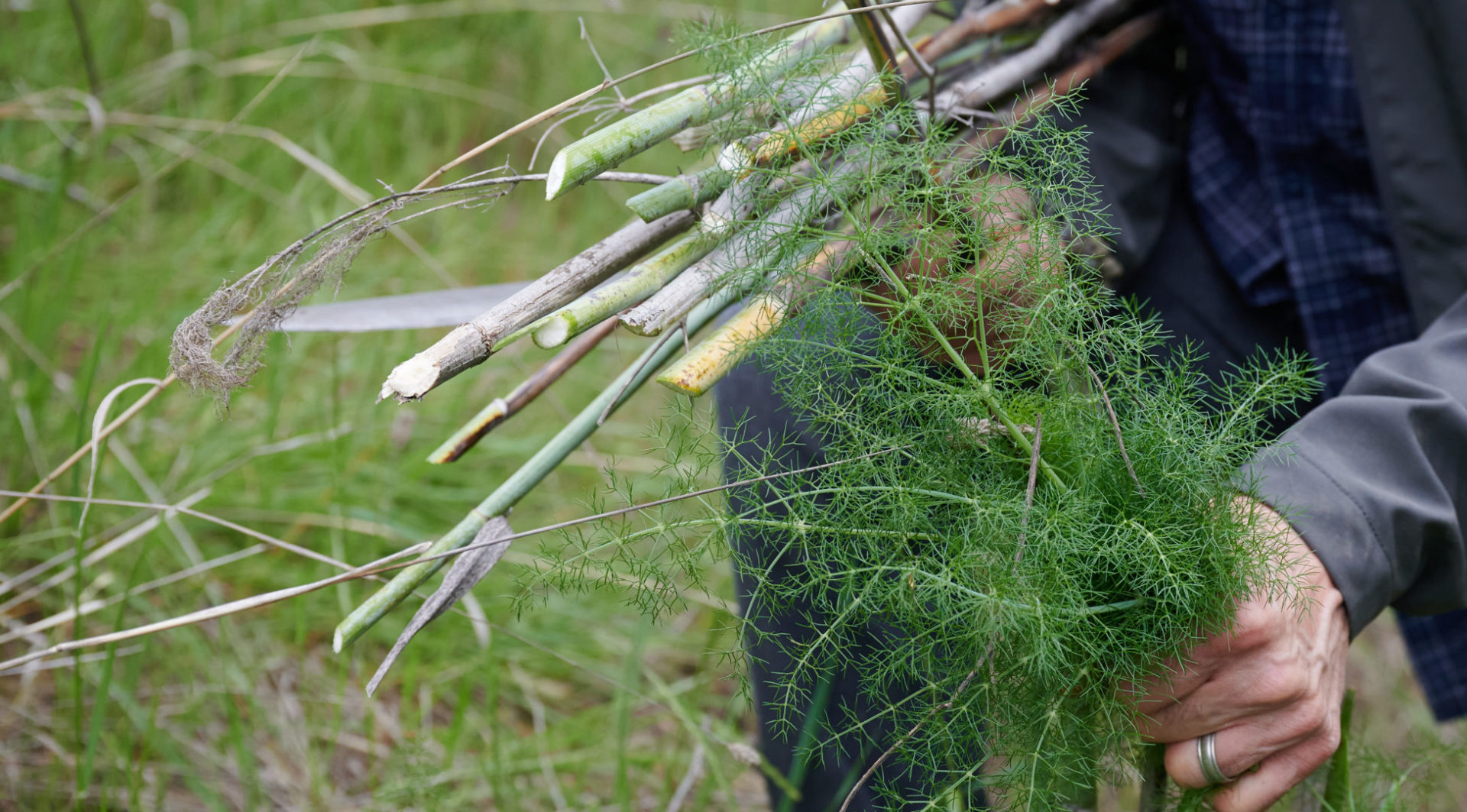


Nothing creates a stronger sense of time and place in the culinary landscape than wild food foraging. Jordan’s culinary team embraces this notion that to give our guests the most immersive experience in a place, everything—including the ingredients in our food pairings—should reflect the wild nature of the land. With that in mind, we explore the far reaches of the estate, trails and beaches on our rugged coast seeking out the wild plants that support our commitment to evoking the essence of terroir in everything we create.
